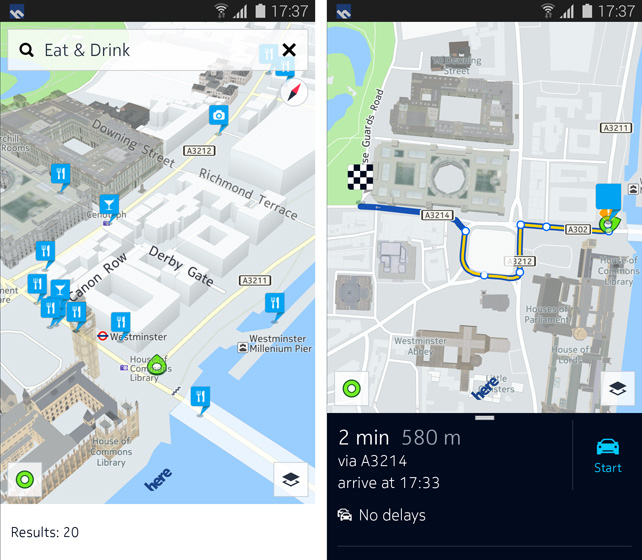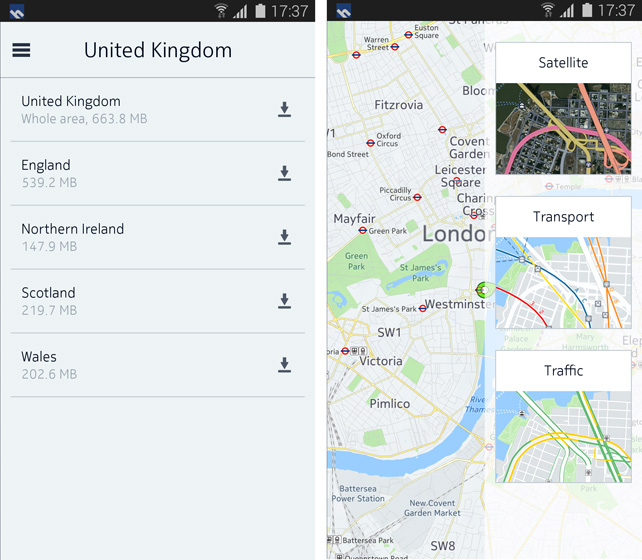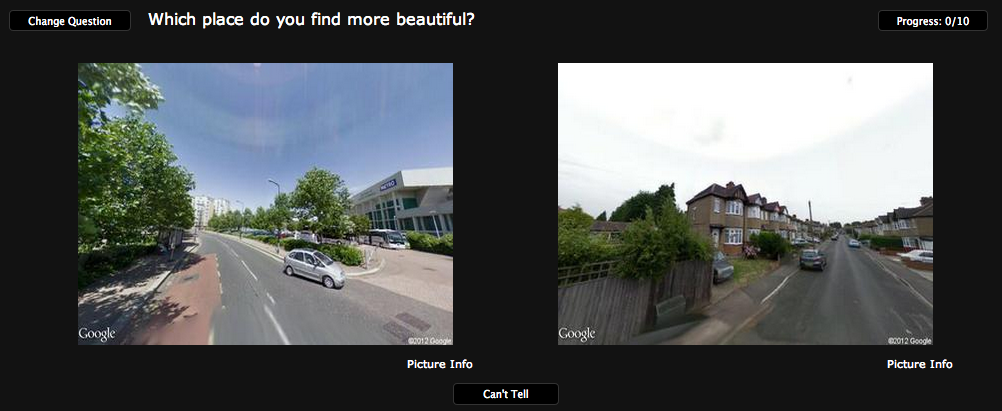
Nokia (HERE) will offer free maps to Samsung users
Location-based apps by HERE (which is Nokia’s brand for mapping products) has been associated with Windows Phone for a very long time. HERE tried to experiment with iOS when Apple released its own, widely criticized maps. It ended up with withdrawing the app from the AppStore as it was simply terrible and no one really used it. I still keep it on my iPhone just to remember how not to make mapping apps.
But HERE decided not to give up. Last week they released their first beta version of HERE for Android. It will be exclusively available only for Samsung Galaxy smartphones.
WHY WOULD YOU CHOOSE HERE OVER GOOGLE MAPS?
First of all, the design of the app is quite a thing. It makes a really impression (at least on pictures). But there is one thing… it looks exactly like Google Maps!!! Not in terms of colors, fonts and icons, which are magnificent but the functionality and menus looks too much alike Google.
Ok. But this not the reason why Samsung users will actually use the app. HERE gives option for full offline mode with saving maps of whole countries. This is something that Google cannot compete with. Although Google Maps have the option to save maps from several years it is rather dedicated for smaller areas like a neighborhood or possibly a city.
HERE currently owns as much consumer market of navigation apps as Windows Phone the market of smartphones. With a deal with Samsung they won’t change it. Will they succeed? I’m quite skeptical about it.
source: HERE 360 Blog








